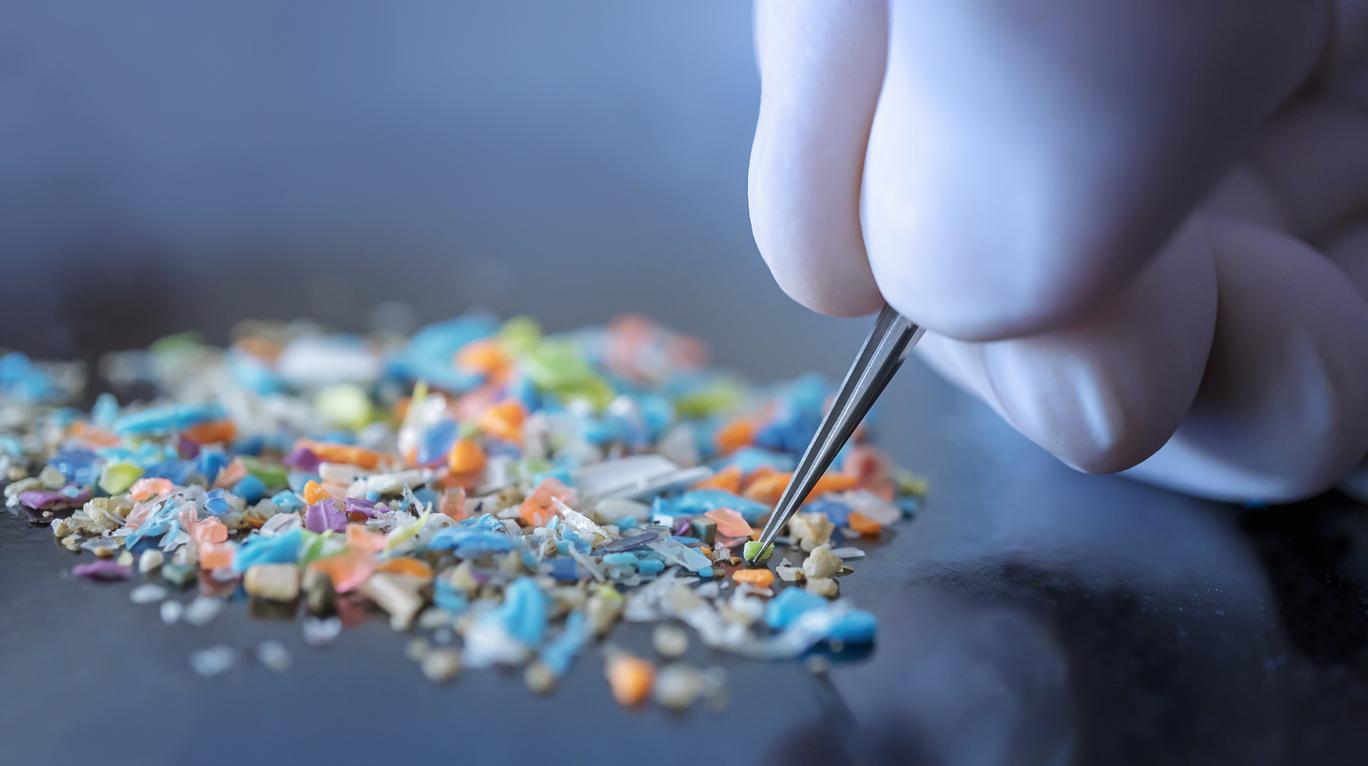Could the shelf you just cracked up be damaging your health? While outdoor air pollution is followed very closely, that of our interiors is less well known. The National Agency for Food, Environmental and Occupational Health Safety (ANSES) has looked into the issue of pollutants contained in furniture. Results : “on the basis of the dangerousness of the substances and their possibility of being emitted by furniture products, 41 substances have been identified as substances of interest, of which 31 are priority substances“reveals ANSES in a report.
Carcinogens, mutagens and reprotoxic
These volatile or semi-volatile compounds escape into the indoor air, and can quickly reach high concentrations, representing a real danger to our health. Indeed, the 31 so-called “priority” substances are classified as carcinogenic, mutagenic and / or reprotoxic (which can cause sterility or reproductive dysfunctions) by the International Agency for Research on Cancer (IARC).
Aerate daily to limit pollution
These compounds are used during the manufacturing process and concern “padded” (bedding, sofa, etc.) and “non-padded” furniture (storage furniture, tables, chairs made from wood, metal, plastic or even wood). rock). Following the publication of this report, ANSES insists on the importance of systematic labeling of furniture products, but also of consumer products such as deodorants, candles, incense and cleaning products which participate in degradation of indoor air quality. To limit the risks, remember to ventilate your home at least 15 minutes a day to renew the air, and promote natural cleaning products.
>> To read also:
Indoor air pollution: who are the first victims?
Allergy: indoor pollution partly responsible
Lead, mold, radon: hunt down indoor pollutants
Pollution kills more than AIDS and malaria
Pesticides: what impact on health


















